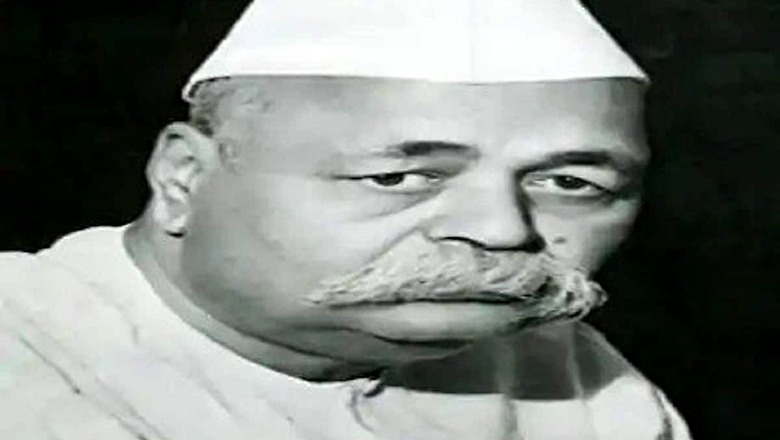
views
Govind Ballabh Pant was an Indian freedom fighter and a key figure in shaping modern India alongside Mahatma Gandhi, Jawaharlal Nehru and Vallabh Bhai Patel. He played a pivotal role in shaping the post-independence Indian Government. His name was also recently in news as a statue of the freedom fighter was unveiled at its new location on a roundabout at the Pandit Pant Marg, New Delhi. The statue had to be relocated from its earlier location near Raisina Road circle as it fell within the new Parliament building layout.
During his administrative and political career, he was the Premier of United Provinces (1937 – 1939), First Chief Minister of Uttar Pradesh (1946 -1954) and Union Home Minister (1955 – 1961) and was a recipient of the highest civilian award, the Bharat Ratna in 1957.
As CM of Uttar Pradesh, he worked for the upliftment of the farmers and the eradication of untouchability. He was elected to the Uttar Pradesh Legislative Assembly as the candidate of the Swarajist Party from Nainital. During his tenure, he tried to bring in reforms to do away with the Zamindari system. He also pleaded to the Government for lowering agricultural taxes.
Pant was always against a separate electorate for minorities, saying the step would further divide communities.
After the death of Sardar Patel, Pant was made the Home Minister in the Union Government. During his tenure he championed the cause of Hindi as the national language.
Early Life:
Born on September 10, 1887 in Uttarakhand, at Almora and started serving as a volunteer at sessions of the Indian National Congress when he was 18. He was highly inspired by Gopalkrishna Gokhale and Madan Mohan Malaviya and considered them as his idols.
He was a lawyer by training and after receiving his degree, started practising in Almora in 1910 and eventually moved to Kashipur. There he established a reformation organisation called Prem Sabha that also saved a school from shutting down due to non-payment of taxes to the British government.
Role in Independence Struggle
Pant joined the Congress in December 1921 and soon joined the non-cooperation movement. In 1930, he was imprisoned for organizing a Salt March inspired by Gandhi’s earlier actions.
During the Second World War, Pant tried to conciliate between Gandhi’s faction, which advocated supporting the British in their war effort, and Subash Chandra Bose’s faction, which advocated expelling them from India by any means necessary.
In 1942 he was arrested again for signing the Quit India resolution, and spent three years in Ahmednagar Fort.
Read all the Latest News, Breaking News and Coronavirus News here










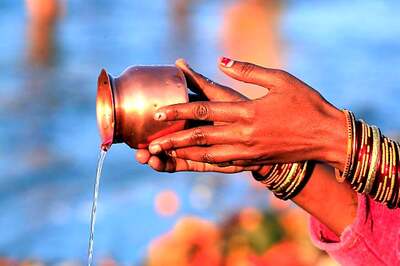
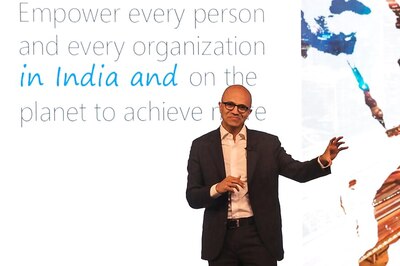

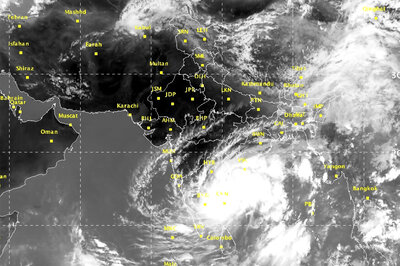

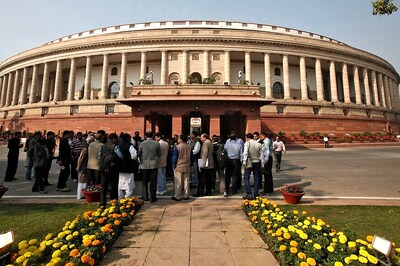



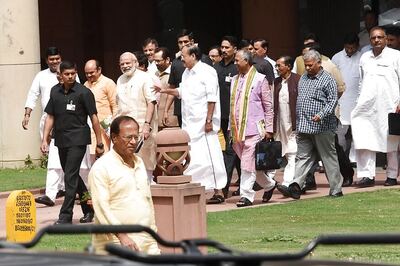
Comments
0 comment